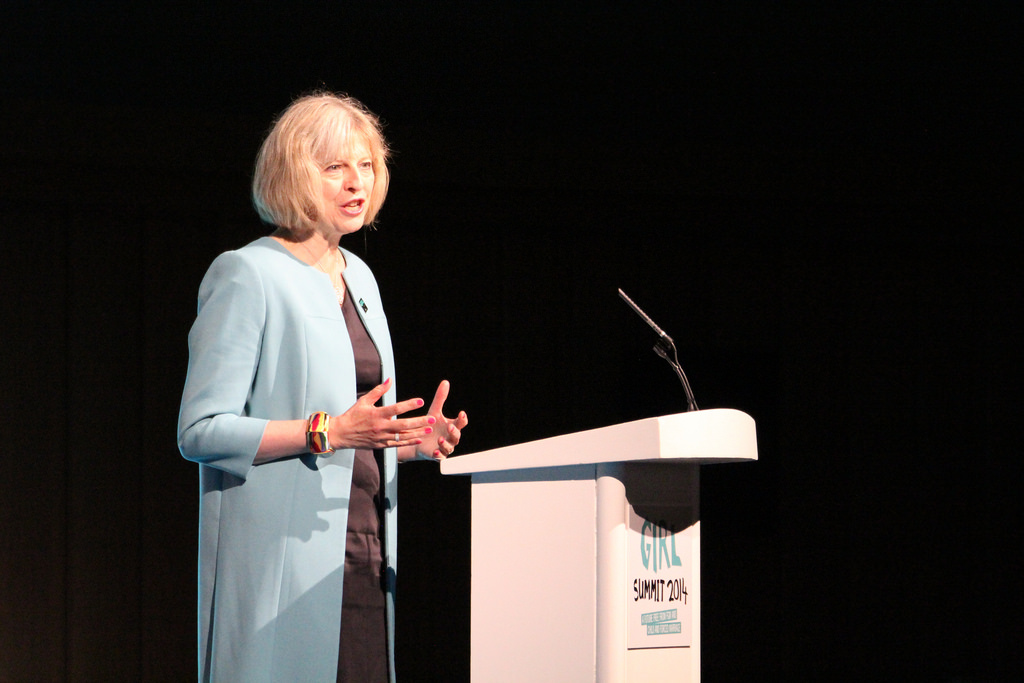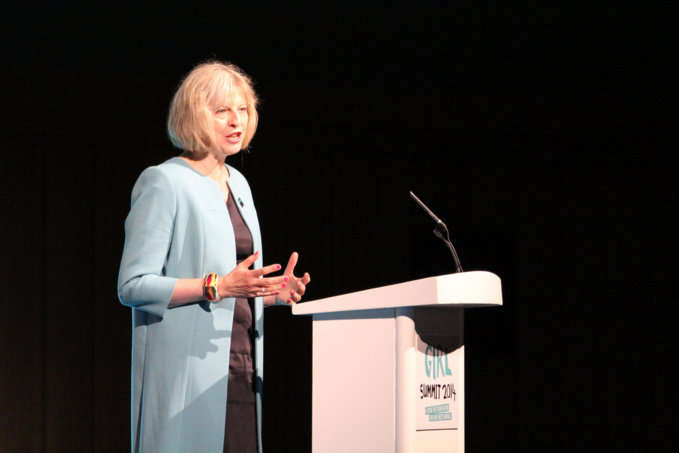George Osborne, previously held the post of Chancellor of the Exchequer (finance ministry), was replaced by 60-year-old Philip Hammond, a former head of the Foreign Ministry. This reshuffle has become a surprise, since it was believed that Osborne would have taken the post of Foreign Minister. Incidentally, Hammond opposed Brexit.
Former mayor of London, Boris Johnson eventually became new Foreign Minister. Johnson was predicted to become Prime Minister, yet he withdrew his candidacy because of a conflict within the camp of Brexit supporters. Johnson is considered to be an extremely charismatic politician, and a supporter of rapprochement of the United Kingdom and the United States. In addition, Johnson used to have American citizenship.
The British Home Secretary’s post, which was previously occupied by Theresa May herself, is now occupied by Amber Rudd, a supporter of European integration. A graduate of Edinburgh University, she previously served as the Minister of Energy and Climate Change. Prior to the career in politics, she was long working in business and investment.
A new Brexit Ministry was entrusted to David Davis, who in 2005 lost the fight for the post of the Conservative Party’s Head to David Cameron. Now, he will have to coordinate the country’s exit from the European Union. An official statement after his appointment underlines that Queen "gladly approved the appointment of David Davis, MP Secretary of State for the issue of exit from the EU."
The new government also found a place for former Defense Minister Liam Fox, who was appointed head of re-established Foreign Trade Ministry. The Office will take over part of duties in the after-Brexit negotiations with Europe and the United States.
Only Head of the UK Ministry of Defense Michael Fallon managed to save his position in the newly gathered government. He has held this position since 2014, having replaced Philip Hammond. Before the vote on secession from the European Union, Fallon opposed Brexit.
Appointment of key ministers in the government was the result of a long and busy day for the whole the UK. David Cameron and Theresa May attended an audience with Queen Elizabeth II. The first resigned, the second requested permission for the cabinet’s formation.
In the near future, Theresa May will continue to form the Cabinet. She has stated that she is in a serious mood to unite the Conservative Party and to withdraw from the EU with minimal losses.
Theresa May is the thirteenth Head of the cabinet at the Queen Elizabeth II, and only second female Prime Minister in the United Kingdom’s history. Previously, the only woman on this post was famous and controversial "Iron Lady" - Margaret Thatcher.
By July 2015, May has become one of the most influential women in the Conservative Party of Great Britain. By the time, she held the post of Minister of Internal Affairs record long time. British bookmakers considered her a leader among the candidates to replace Cameron as Prime Minister.
Teresa May (née Brasier) was born in 1956. She is one of two Conservative women, who managed to climb so high on the UK’s political ladder. Margaret Thatcher was the only Conservative woman who led one of the four Great Offices of State: Chancellor of the Exchequer, Secretary of State for Defense, Foreign Secretary and Home Secretary.
source: bbc.co.uk
Former mayor of London, Boris Johnson eventually became new Foreign Minister. Johnson was predicted to become Prime Minister, yet he withdrew his candidacy because of a conflict within the camp of Brexit supporters. Johnson is considered to be an extremely charismatic politician, and a supporter of rapprochement of the United Kingdom and the United States. In addition, Johnson used to have American citizenship.
The British Home Secretary’s post, which was previously occupied by Theresa May herself, is now occupied by Amber Rudd, a supporter of European integration. A graduate of Edinburgh University, she previously served as the Minister of Energy and Climate Change. Prior to the career in politics, she was long working in business and investment.
A new Brexit Ministry was entrusted to David Davis, who in 2005 lost the fight for the post of the Conservative Party’s Head to David Cameron. Now, he will have to coordinate the country’s exit from the European Union. An official statement after his appointment underlines that Queen "gladly approved the appointment of David Davis, MP Secretary of State for the issue of exit from the EU."
The new government also found a place for former Defense Minister Liam Fox, who was appointed head of re-established Foreign Trade Ministry. The Office will take over part of duties in the after-Brexit negotiations with Europe and the United States.
Only Head of the UK Ministry of Defense Michael Fallon managed to save his position in the newly gathered government. He has held this position since 2014, having replaced Philip Hammond. Before the vote on secession from the European Union, Fallon opposed Brexit.
Appointment of key ministers in the government was the result of a long and busy day for the whole the UK. David Cameron and Theresa May attended an audience with Queen Elizabeth II. The first resigned, the second requested permission for the cabinet’s formation.
In the near future, Theresa May will continue to form the Cabinet. She has stated that she is in a serious mood to unite the Conservative Party and to withdraw from the EU with minimal losses.
Theresa May is the thirteenth Head of the cabinet at the Queen Elizabeth II, and only second female Prime Minister in the United Kingdom’s history. Previously, the only woman on this post was famous and controversial "Iron Lady" - Margaret Thatcher.
By July 2015, May has become one of the most influential women in the Conservative Party of Great Britain. By the time, she held the post of Minister of Internal Affairs record long time. British bookmakers considered her a leader among the candidates to replace Cameron as Prime Minister.
Teresa May (née Brasier) was born in 1956. She is one of two Conservative women, who managed to climb so high on the UK’s political ladder. Margaret Thatcher was the only Conservative woman who led one of the four Great Offices of State: Chancellor of the Exchequer, Secretary of State for Defense, Foreign Secretary and Home Secretary.
source: bbc.co.uk



















